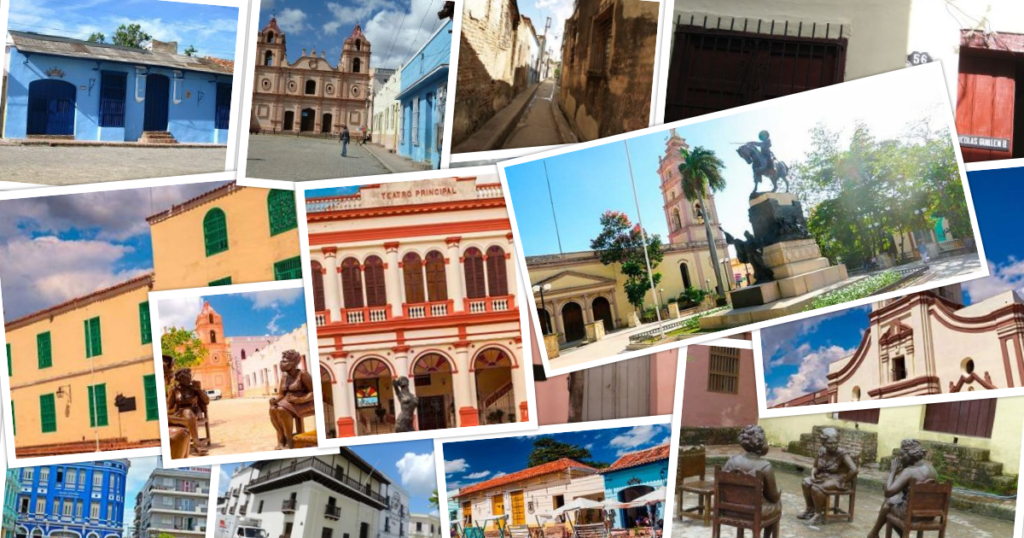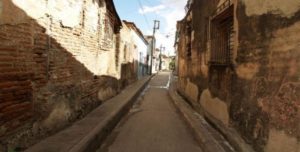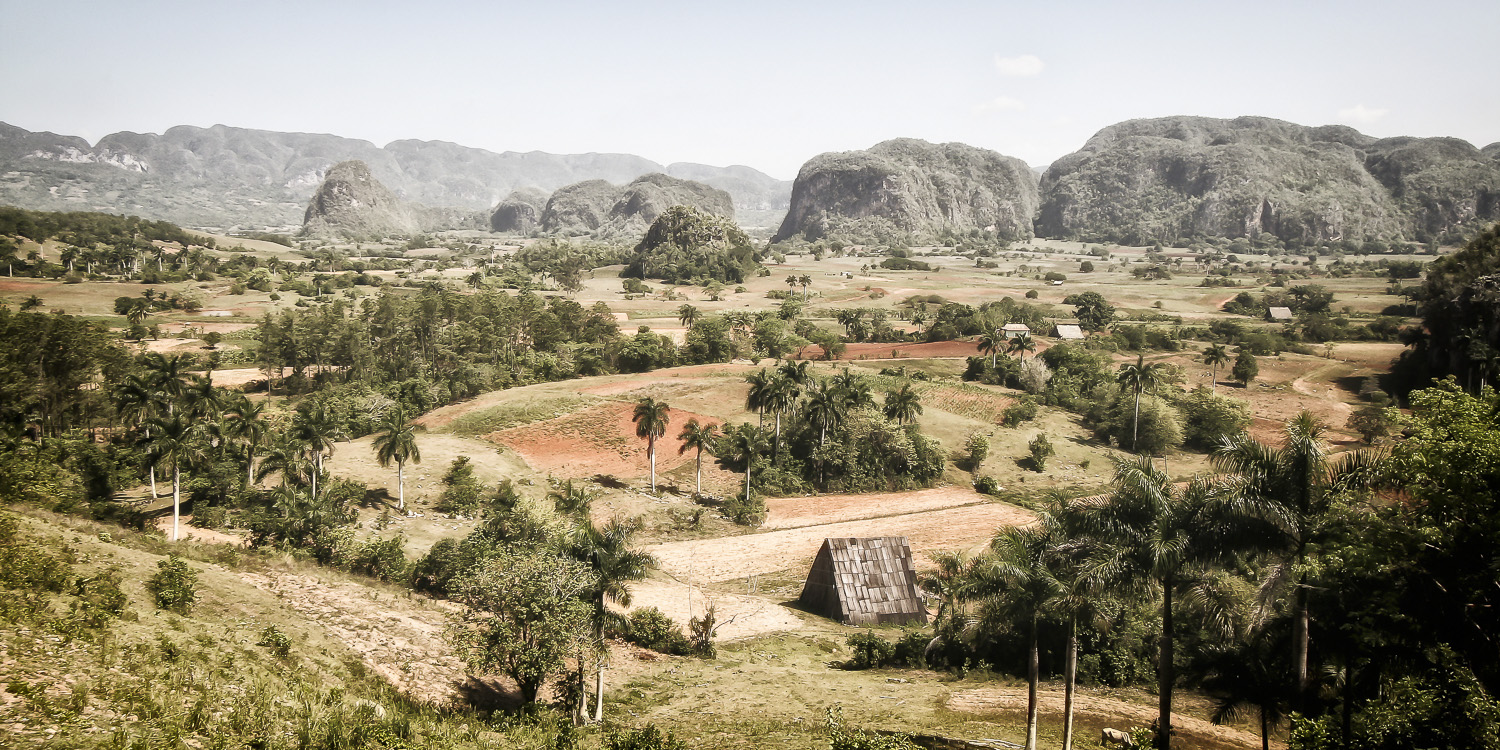LA CALLE MAS ESTRECHA DE CUBA se encuentra en Camaguey. Fundada por Diego Velazquez, la ciudad de Camaguey cuenta con no pocos lugares emblemáticos, incluyendo el trazo de sus calles, cuyas características resultan propias de todas las villas fundadas a lo largo de los resplandores medievales del siglo XVII.
Cuando el poblado de guano y tablas comenzó a levantarse en piedra y barro aparecieron senderos y estrechos pasos que podían facilitar la circulación entre calles, comunicar viviendas o deslindar terrenos con un paso público entre ambas. Este podría ser el origen de los callejones.
Pasajes que como el resto del entorno urbano conforman el trazado de la ciudad, unos utilizados para acortar camino o desviarnos de la calle principal, muchos de ellos tan antiguos como los propios orígenes de la población lugareña, sin dejar hoy de perder su valor social y utilitario.
Entre los atractivos de Camagüey se encuentran sus más de 60 callejones. Es difícil determinar en el conjunto de la ciudad moderna cuáles son acaso los más importantes porque todos desempeñan su papel en la ciudad.
Un estrecho callejón y tal vez el más antiguo y popular de la ciudad es el de La Poza del Mate, conocido también como callejón de Funda del Catre, hoy con el nombre oficial de Ramón Ponte, tiene la fama de ser la calle más estrecha de Cuba.
Funda del Catre (oficialmente Ramón Ponte) se llamó antiguamente Callejón de la Poza del Mate, debido a que en su extremo, a orillas del Río Hatibonico, existían esas plantas.
El nombre popular se impuso a causa de su estrechez: era imposible que pasaran por allí dos caballos juntos o se cruzaran en sentido contrario. Es el más estrecho de la parte antigua de la ciudad.
Funda del Catre, es el nombre popular que se impuso a causa de su estrechez porque era imposible que pasaran por allí dos caballos juntos o se cruzaran en sentido contrario y Callejón de La Poza del Mate, debido a que en su extremo, a orillas del Río Hatibonico, existían esas plantas.
Esta estrecha calle se extiende por 77 metros con una anchura de dos metros y 20 centímetros, aunque en uno de sus extremos casi alcanza 80 cm de ancho. Es el más estrecho de la parte antigua de la ciudad.
En el 2008 la Unesco nombró su centro histórico como Patrimonio de la Humanidad.
 THE NARROWEST STREET IN CUBA IS LOCATED IN CAMAGÜEY.
THE NARROWEST STREET IN CUBA IS LOCATED IN CAMAGÜEY.
The Narrowest streets in Cuba is located in Camagüey. Founded by Diego Velazquez, the city of Camagüey has many emblematic places, including the layout of its streets, the characteristics of which are characteristic of all the villas founded along with the medieval splendor of the 17th century.
When the town of guano and tabla began to rise in stone and mud, paths and narrow passages appeared that could facilitate circulation between streets, communicate homes or delimit land with a public passage between the two. This could be the origin of the alleys.
Passages that like the rest of the urban environment make up the layout of the city, some used to shorten the road or deviate from the main street, many of them as old as the origins of the local population, without ceasing today to lose their social value and utilitarian.
Among the attractions of Camagüey are its more than 60 alleys. It is difficult to determine in the modern city as a whole which are perhaps the most important because they all play their role in the city.
A narrow alley and perhaps the oldest and most popular in the city is that of La Poza del Mate, also known as Funda del Catre alley, today with the official name of Ramón Ponte, it has the reputation of being the narrowest street in Cuba.
Funda del Catre (officially Ramón Ponte) was formerly called Callejón de la Poza del Mate, because at its end, on the banks of the Hatibonico River, these plants existed.
The popular name prevailed due to its narrowness: it was impossible for two horses to pass by together or cross in the opposite direction. It is the narrowest in the old part of the city.
Funda del Catre, is the popular name that was imposed because of its narrowness because it was impossible for two horses to pass through there together or cross in the opposite direction and Callejón de La Poza del Mate, because at its end, on the banks of the Hatibonico River, those plants existed.
This narrow street stretches for 77 meters with a width of two meters and 20 centimeters, although at one end it is almost 80 cm wide. It is the narrowest in the old part of the city.
In 2008 Unesco named its historic center a World Heritage Site.
Agencies/ Wiki/ RHC/ Ecured/ Maria Calvo/ Internet Photos/ Arnoldo Varona/ www.TheCubanHistory.com
THE CUBAN HISTORY, HOLLYWOOD.



 CURIOSIDADES: En Camagüey se encuentra la Calle más Estrecha de Cuba. PHOTOS.
CURIOSIDADES: En Camagüey se encuentra la Calle más Estrecha de Cuba. PHOTOS.




